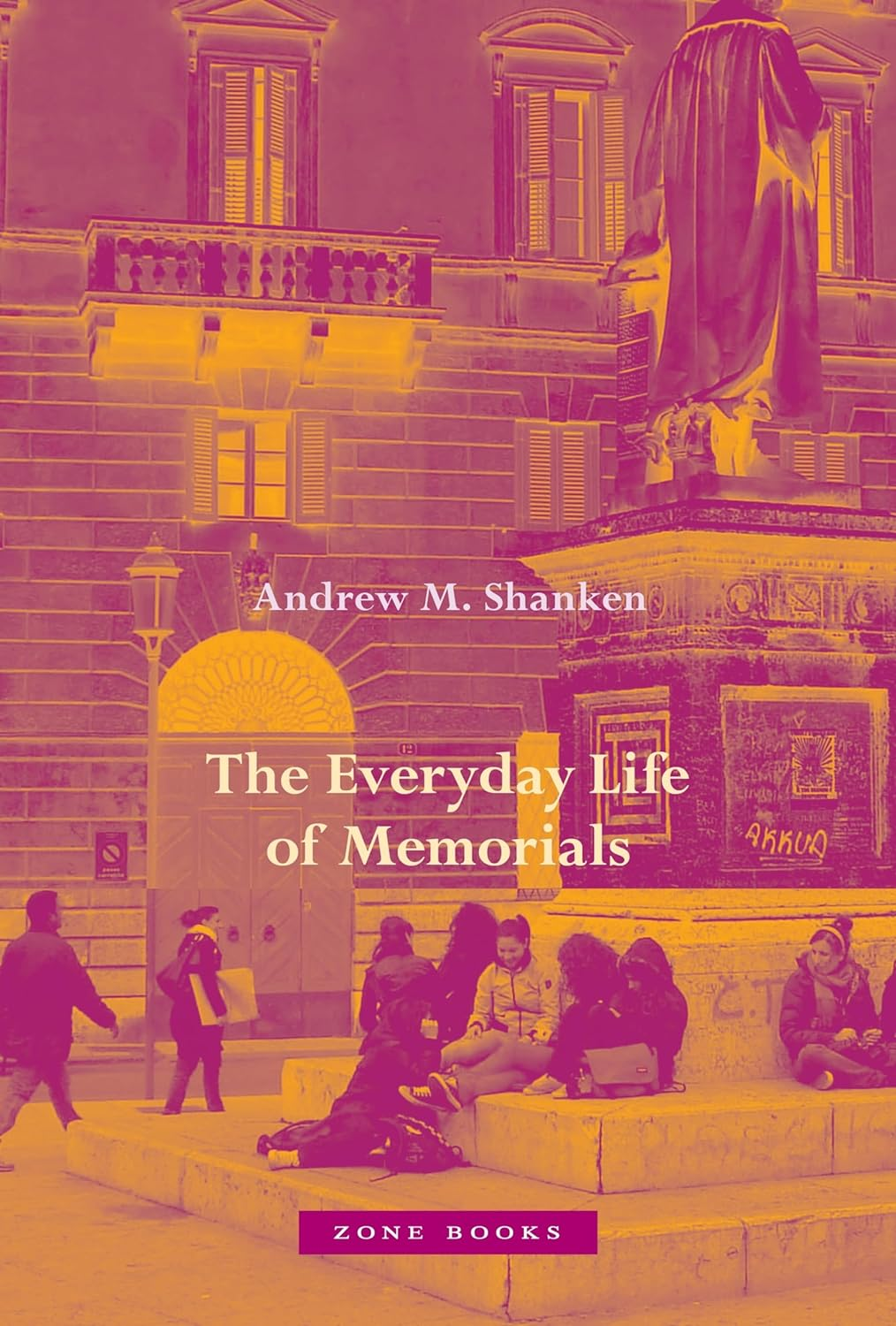A precedent for such ethnomemorials to all wars is the All Wars Memorial to Colored Soldiers and Sailors in Philadelphia, built in 1934. Possibly the earliest to be conceived as an “all wars” memorial, its promoters wanted to place it on the Benjamin Franklin Parkway, Philadelphia’s Champs Élysées. On this grand boulevard with museums, sculptures, and public spaces, the memorial would have joined other prominent monuments, including the new Civil War Soldiers and Sailors Memorial (1927) and the massive monument to George Washington that sits in a traffic circle in front of the Philadelphia Art Museum. In an era of acute racism, the city’s Art Jury blocked this prominent placement, while the Black community rejected the alternative, Fitler Square, which was seen as run-down and undignified. Instead, it was shunted to an isolated part of the sprawling Fairmount Park, where it could do no harm. In the 1990s, with a different political culture holding sway, it finally found its place on Benjamin Franklin Parkway, where it rejoined this larger memorial and cultural context. It now sits on a small plot in front of the Franklin Institute, a science museum founded in the nineteenth century, where it taps into the didactic and political role that urban memorials have played since the era of statuemania.
An even older “all wars” memorial reveals the sometimes banal surface of this convention. The obelisk in Oakdale, California, erected in 1929 by the Ladies Improvement Society, commemorates the American Revolution, Civil War, Spanish-American War, and World War I—even though Oakdale did not exist until 1871. No later wars have been added, probably because commemorations in Oakdale still take place in the cemetery, rather than at the memorial. It thus was defunct as a memorial from its inception. Visible from one of the main routes into town, it was but a pretext for beautification: war in a park, sponsored in the name of municipal beauty by women activists. Here war is nearly an abstraction, without name, place, or deed. To put a sharper edge on Oakdale’s intervention, in the country’s most isolationist moment, a monument to war—to all wars—seemed like the right note to interject into a small-town park. Apparently, isolationism did not preclude Americans from celebrating war or preparing its youngest citizens for it.
